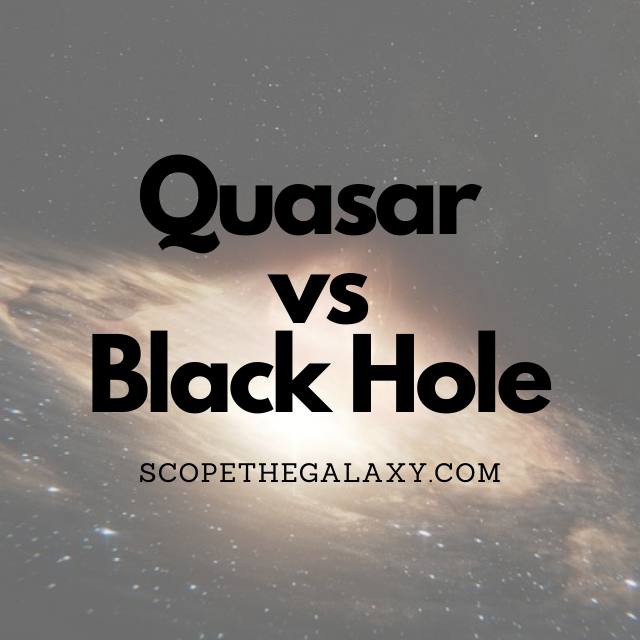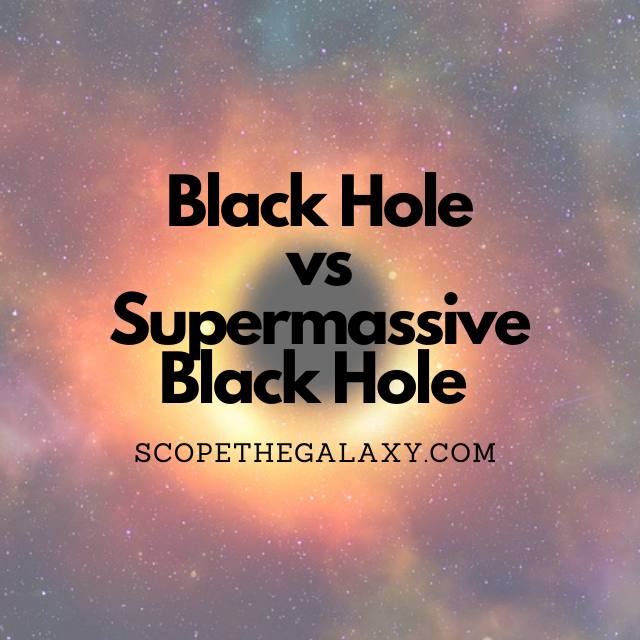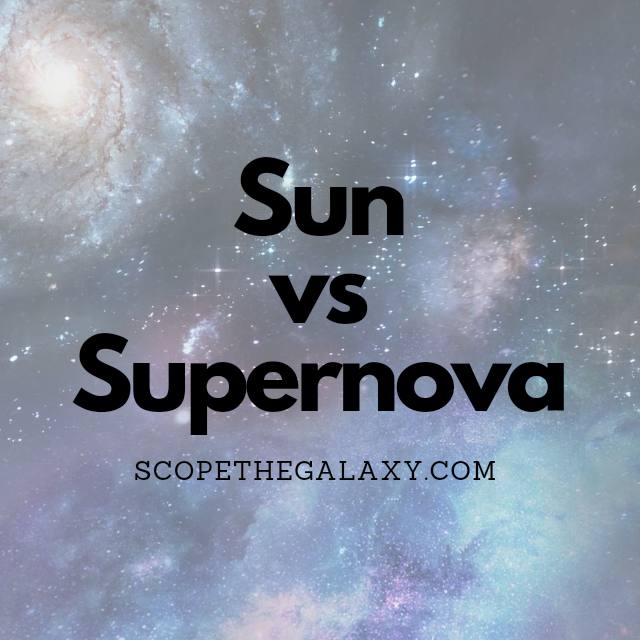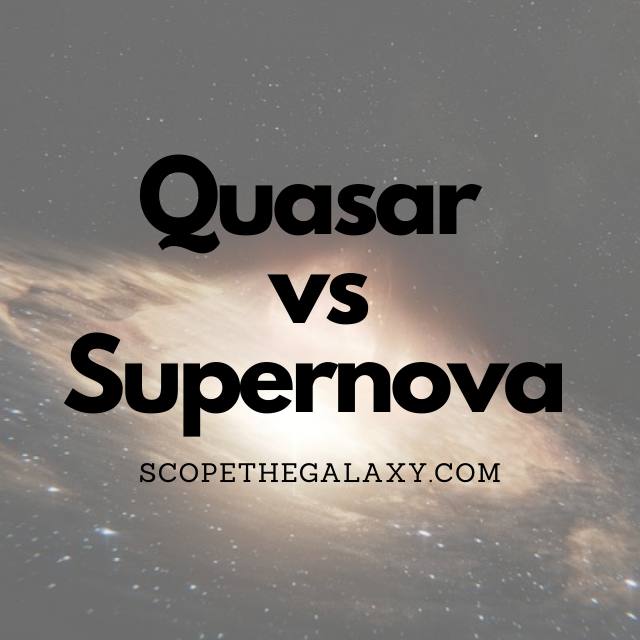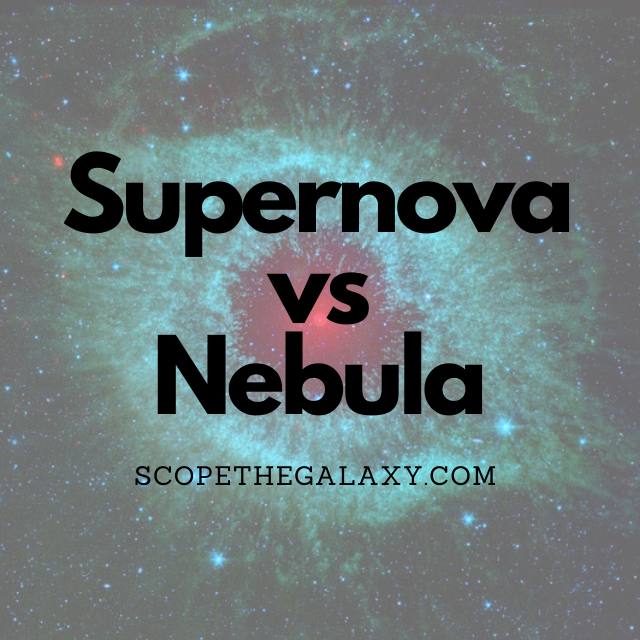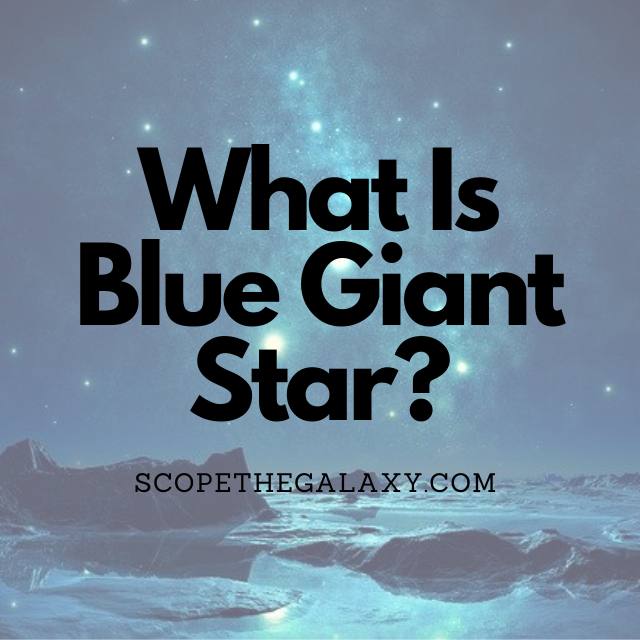Quasar vs Black Hole (How Are They Different?)
Quasars and black holes are linked in the sense that quasars require a supermassive black hole to form. Other than this link, the two are very different from each other. The main difference between a quasar and a black hole is that quasars are amongst the hottest and most luminous entities in our universe whereas … Read more

